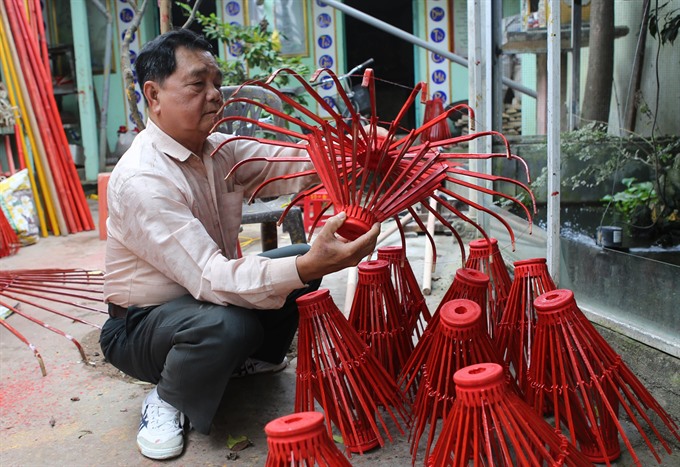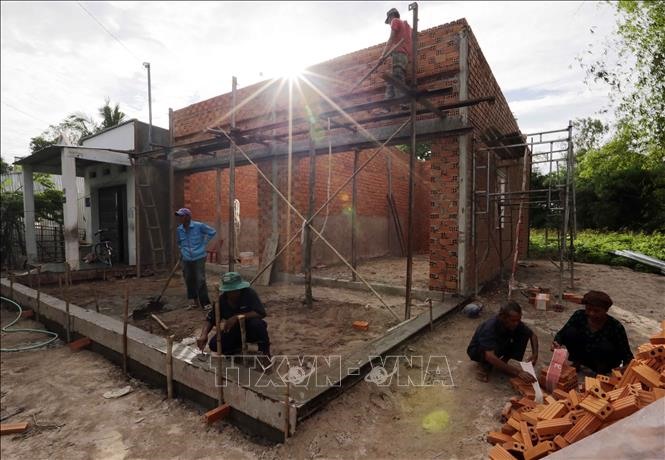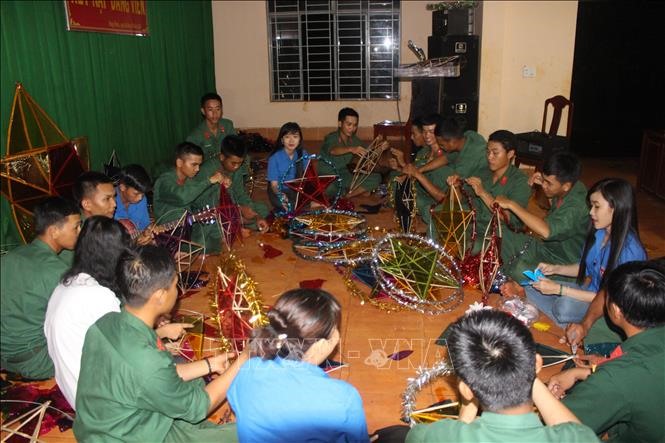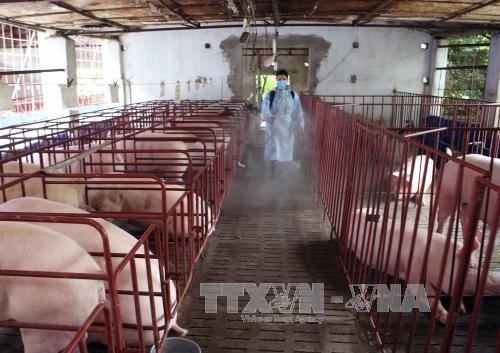
 |
| Hoàng Ngọc Tuyên, 73, has crafted royal parasols for nearly 30 years in Đúc District, Huế City. – VNA/VNS Photo Hồ Cầu |
HÀ NỘI — Craft villages face a shortage of labour as young workers tend to leave their hometowns, seeking city jobs rather than staying and doing traditional work.
The
Nguyễn Văn Thanh, 54, an owner of an incense stick establishment in the village, said that his establishment had 30 workers, of whom the youngest is 45 and the oldest is 60 years old.
“Young people nowadays don’t want to do craft work,” he said.
At Thanh’s establishment, most of the workers are female. They get paid daily, working without any labour contract.
Lê Văn Dịu, chairman of the Quảng Phú Cầu Commune People’s Committee, said that for generations, villagers made incense sticks as their main job to earn a living. But now, only middle-aged or old people were still engaged in the traditional work.
“Almost all young people flock to urban areas or industrial zones to get jobs,” he said.
The 24-year-old Nguyễn Trọng
But after leaving home to study in the city, he said he did not want to return home and continue making incense sticks. Instead, he wanted to attend a vocational school and seek a job at a factory.
“Working in an industrial zone would not be as hard as making incense sticks, while income is better,”
According to Hà Nội’s Industry and Trade Department, there are about 1,350 craft villages in the city. Craft villages of lacquer, iridescent mother of pearl mosaics, wood carving, embroidery or silk weaving are prosperous, but many of them have failed to keep young workers.
The labour shortage also causes other problems for the craft villages. For example, because of the labour shortage, particularly of young workers, craft establishments are struggling to diversify their products and patterns to meet various consumers’ demand.
Thus, craft villages lose their competitiveness.
Craft villages in the central
Pottery maker Võ Thị Thiện in Nhơn Hậu Commune, An Nhơn Town said that her family had made pottery products for nearly 50 years but now, none of her three children continue the family career.
“My husband and I will continue to do pottery for a few years but then, we will stop because we have no one to take over,” she said, adding that many pottery establishments in her neighbourhood had closed for the same reason.
Đoàn Thị Sỹ, a local in a sedge mat making village in Phước Thắng Commune, Tuy Phước District said that in the past, almost all villagers made mats and the business was very good.
“It’s over,” Sỹ said regretfully, adding that now, there are only few families in the village continued making mats.
“Those who can make mats are old now,” she said.
Lưu Duy Dần, president of the Việt Nam Craft Villages’ Association, said that craft villages nationwide faced a shortage of labour, especially skilled workers.
“The labour shortage in craft villages has become more and more serious as young workers prefer working in other fields or leaving their hometowns,” he said.
There are about 5,755 craft villages across Việt
“The shortage of young craft workers makes craft villages less competitive and prevents them from diversifying their products,” Dần said.
“To engage more workers, particularly young skillful ones, it is necessary to improve income from craft production and strengthen job training,” he said. — VNS





















